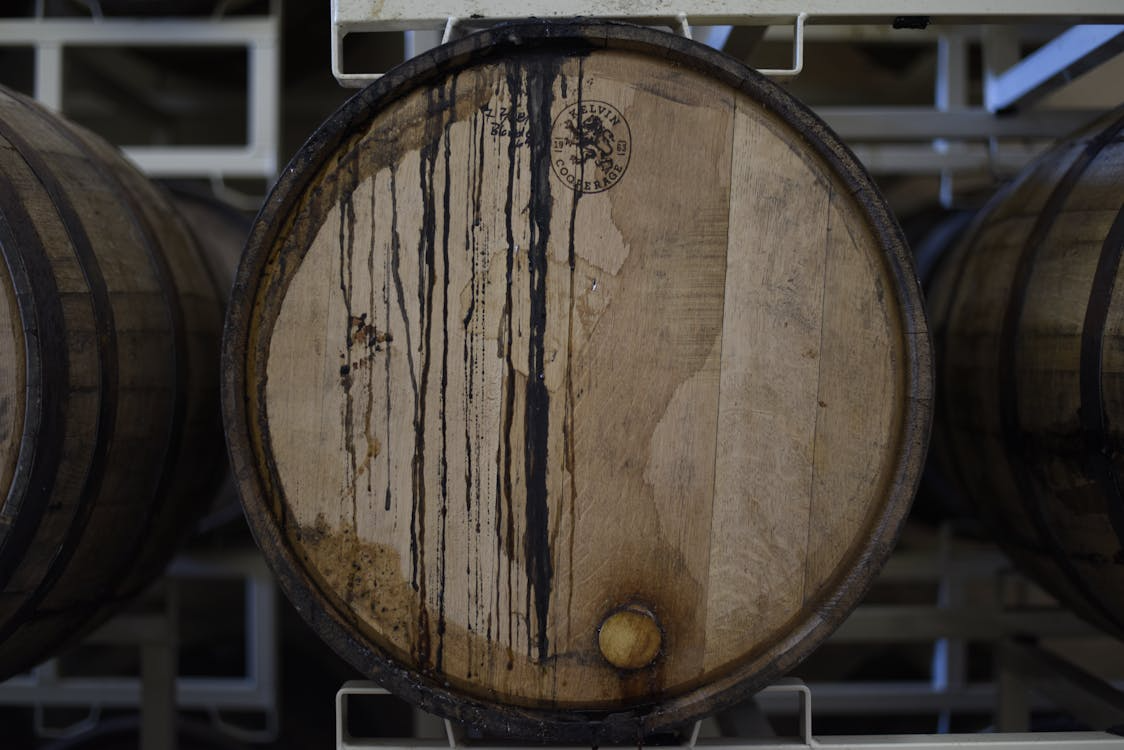White wine is produced through a process that highlights the fresh characteristics of grapes, and it generally follows these key steps:
1. **Harvesting**: The first step in making white wine is harvesting the grapes, which typically happens when the grapes are ripe with sufficient acidity and sugar levels. This can be done by hand or with machinery.
2. **Crushing and Pressing**: Unlike red wine, white wine is usually made from green or white grapes, and the skins are removed early in the process. After the grapes are crushed to release their juice, they are immediately pressed to separate the juice from the skins, seeds, and stems. This helps avoid any color extraction from the skins.
3. **Fermentation**: The clear juice is then transferred into fermentation vessels, which can be stainless steel tanks, oak barrels, or other containers. Yeast is added to initiate fermentation, where the sugars in the juice convert into alcohol and carbon dioxide. This process usually lasts from a few days to several weeks.
4. **Settling**: After fermentation, the wine is allowed to settle so that any solid particles (known as lees) can drop to the bottom. This helps clarify the wine.
5. **Racking**: The clear wine is then siphoned off from the sediment in a process called racking. This step is important for improving the wine’s clarity and flavor.
6. **Malolactic Fermentation (optional)**: Some white wines, especially those that are fuller-bodied (like Chardonnay), may undergo a secondary fermentation called malolactic fermentation. This process converts sharper malic acid into softer lactic acid, adding creaminess to the wine.
7. **Aging**: The wine is aged in tanks or barrels, depending on the desired style. Aging in oak barrels can impart flavors such as vanilla, butter, and spices, while stainless steel aging tends to preserve the wine’s fresh and fruity character.
8. **Filtering and Fining**: Before bottling, the wine may undergo filtering and fining to further clarify it and remove any remaining impurities.
9. **Bottling**: After these processes, the wine is bottled. Some wines are released shortly after bottling, while others may be aged further in the bottle before they are sold.
10. **Labeling and Marketing**: Finally, bottles are labeled, and the wine is prepared for distribution to consumers.
Each of these steps offers winemakers the opportunity to shape the flavor, aroma, and overall profile of the finished white wine, leading to a wide variety of styles and characteristics.
